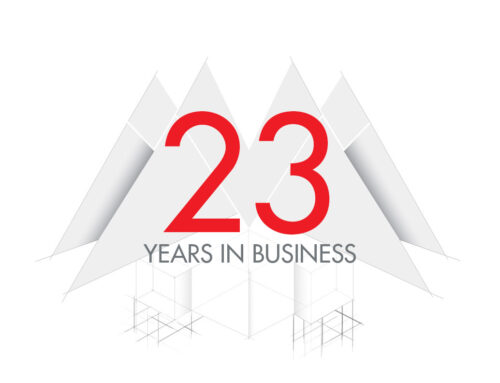DMA has seen an evolution from our early work in 2003 with USGBC, utilizing LEED strategies in many of our project designs, to our current design work that is developed under the AIA’s 2030 Commitment framework.
As architects responsible for much of the built environment around us, we do not take the responsibility lightly. With every building project we have the opportunity to work on, we take into consideration how it fits into the world we are leaving for our children and grandchildren. Will it require major retrofits in 5 years because we used fossil fuels to heat it, or because we didn’t plan for Solar PV or electric vehicle charging to be easily added when needed or we didn’t consider the most efficient use of water?
Since 2020 we have committed to initially evaluate all of our new projects for opportunities to include sustainable and regenerative design features. We look at building energy usage, water conservation and water reuse options, structural systems and other material selections based on their embodied carbon content. We evaluate energy production possibilities through the use of onsite PV Solar and address opportunities for the inclusion of EV (electric vehicle) charging infrastructure. And if there are existing buildings, we evaluate them for the best possible reuse and or renovation. The most efficient building is the one you don’t have to build.
DMA’s project portfolio has generally consisted of work located in small rural communities. As we develop project programming, we consider that the changing climate may have more pronounced effects in these rural areas than in urban settings. New facilities can operate free of utility bills and often can provide other support for the community beyond their intended primary use. Local gathering spaces, broadband support, meeting rooms for the community to use, EV charging, reliable clean water, and wider community fire protection to name just a few.






